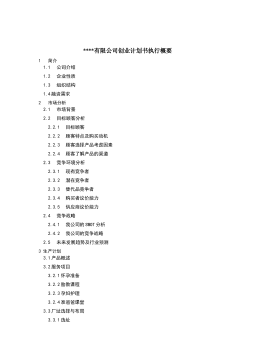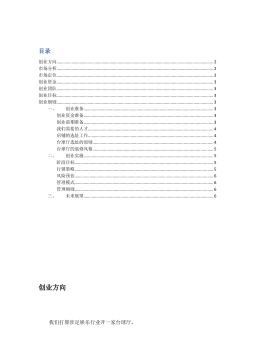季铵型阳离子纤维素对污染物吸附性能研究
摘要纤维素是地球上最丰富的可再生资源,具有价廉、可降解和对生态环境不产生污染等优点,在解决人类所面临的能源、资源和环境问题方面具有重要意义。但天然纤维素的吸附能力并不强,必须经过物理化学改性才能成为性能良好的吸附材料,所以纤维素的功能化一直是人们研究的热点。本论文合成了一种吸附水溶性有机污染物的新型环境友好材料—季铵型阳离子纤维素(QACC),研究了其吸附性能、应用性能、吸附机理及其解吸再生性能。棉纤维素碱化后,以异丙醇为分散剂,以3-氯-2-羟丙基三甲基氯化铵(CHPT)为醚化剂,在75℃下反应4h制得QACC,测得其含氮量为1.71%。本论文应用正交实验研究了吸附工艺参数对QACC吸附容量...
相关推荐
-
10KV电网D-SCADA 系统信息采集与故障诊断研究与设计VIP免费

 2024-10-14 26
2024-10-14 26 -
方形吸顶散流器平送风等温射流特性研究VIP免费
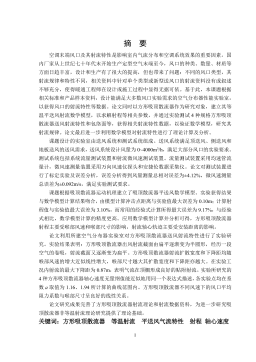
 2025-01-09 7
2025-01-09 7 -
关于充液声导波传感器中频散兰姆波的研究VIP免费
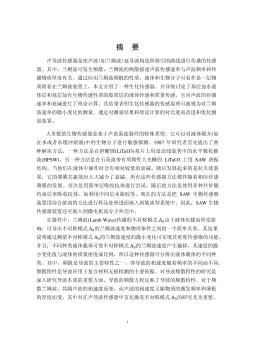
 2025-01-09 10
2025-01-09 10 -
结合梁斜拉桥施工过程中考虑剪力滞影响的分析方法VIP免费

 2025-01-09 6
2025-01-09 6 -
空调房间热舒适性的数值模拟与实验研究VIP免费

 2025-01-09 7
2025-01-09 7 -
汽车前轮线控转向系统研究VIP免费

 2025-01-09 8
2025-01-09 8 -
输入分配型混合动力车辆动力系统控制策略研究VIP免费
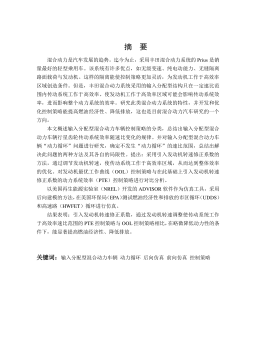
 2025-01-09 7
2025-01-09 7 -
双馈风力发电系统的柔性并网控制研VIP免费
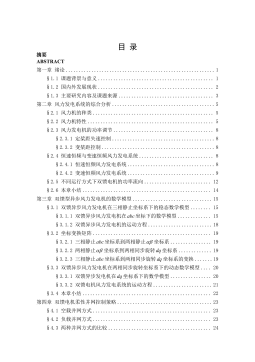
 2025-01-09 10
2025-01-09 10 -
污水处理厂污泥好氧堆肥发酵技术的试验研究VIP免费
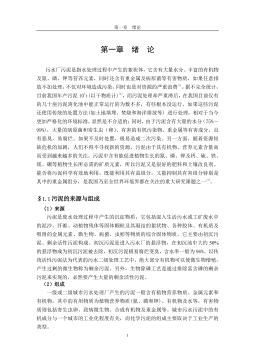
 2025-01-09 7
2025-01-09 7 -
应用风室试验装置的风机性能VIP免费
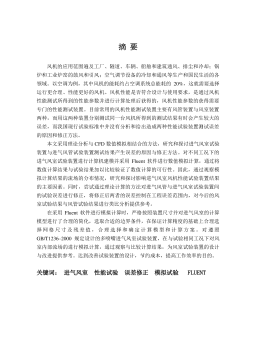
 2025-01-09 8
2025-01-09 8
相关内容
-

汽车前轮线控转向系统研究
分类:高等教育资料
时间:2025-01-09
标签:无
格式:PDF
价格:15 积分
-

输入分配型混合动力车辆动力系统控制策略研究
分类:高等教育资料
时间:2025-01-09
标签:无
格式:PDF
价格:15 积分
-

双馈风力发电系统的柔性并网控制研
分类:高等教育资料
时间:2025-01-09
标签:无
格式:PDF
价格:15 积分
-

污水处理厂污泥好氧堆肥发酵技术的试验研究
分类:高等教育资料
时间:2025-01-09
标签:无
格式:PDF
价格:15 积分
-

应用风室试验装置的风机性能
分类:高等教育资料
时间:2025-01-09
标签:无
格式:PDF
价格:15 积分


